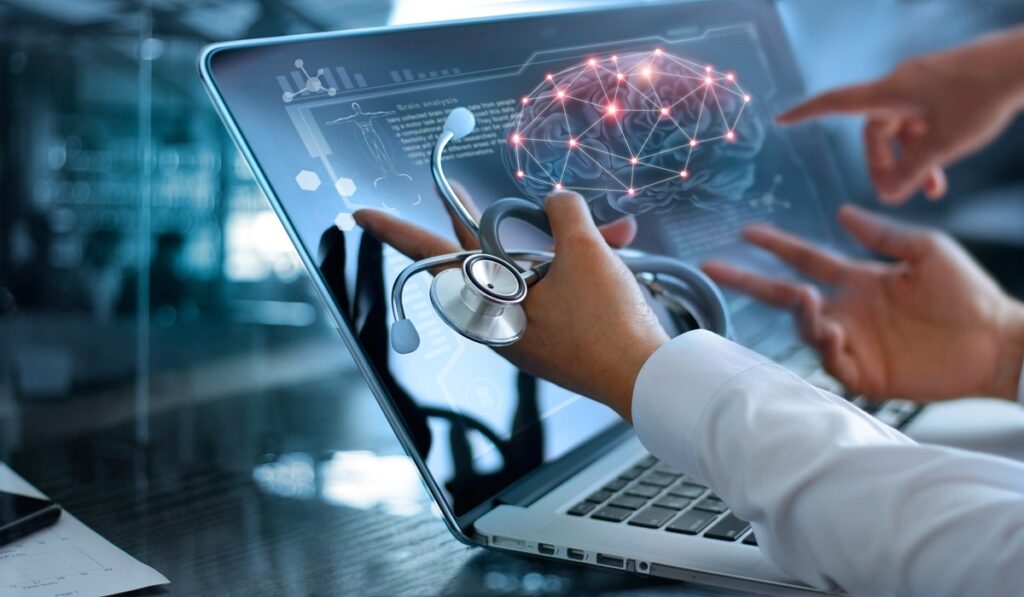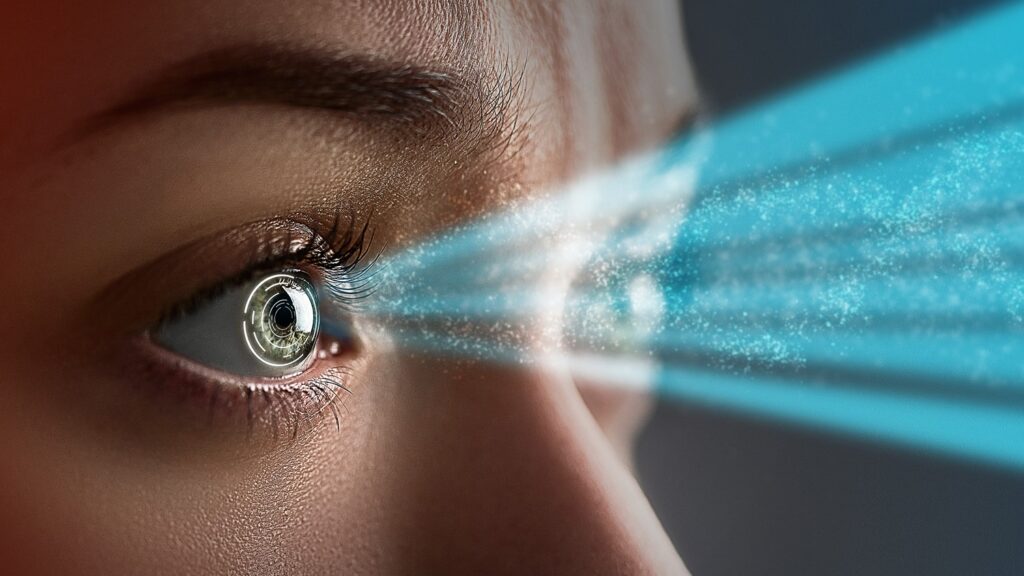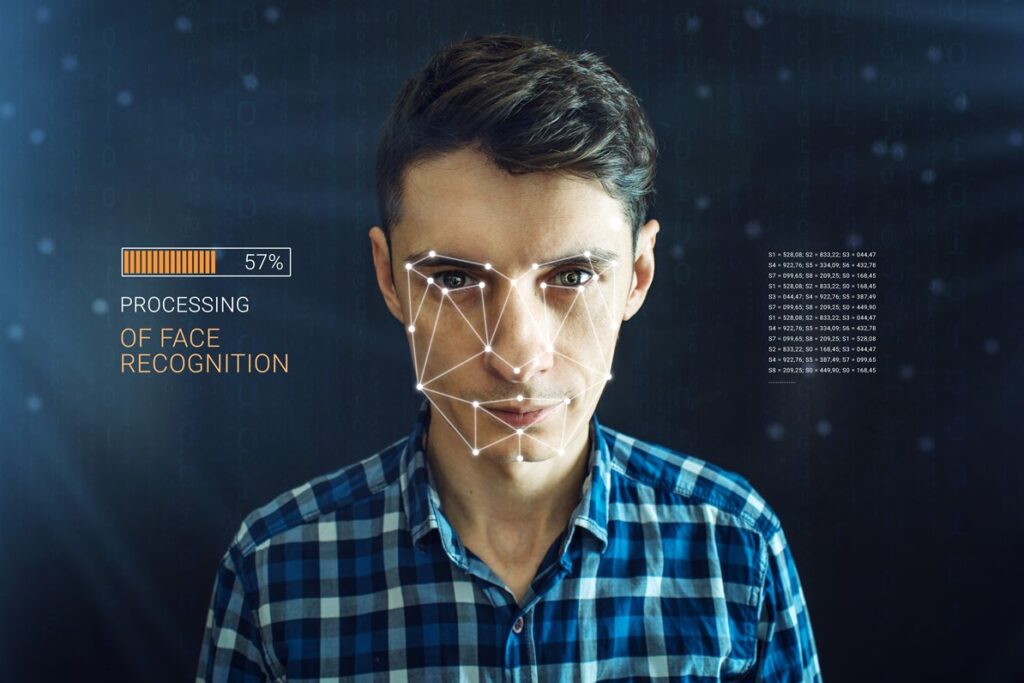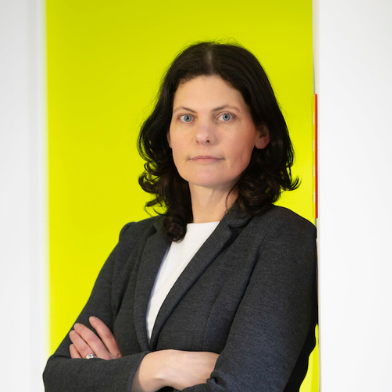Equipment applications: The use of Biosensing in AR/VR
Tags:
Applications for industry
- Health monitoring
- Sports rehabilitation
- Product review/trials/marketing analysis
Use in the following sectors
- Healthcare & Wellness
- Sports
- Marketing
Benefits of biosensing
Within the Mixed Reality Lab at Walton Institute, we possess a range of bio-sensors to track and monitor human behaviour. Ranging from Electroencephalography (EEG) to monitor workload, attention and engagement, eye tracking for monitoring visual gaze and focus, to facial coding cameras to monitor facial expressions. All of these can be used to provide physiological monitoring services to the industries listed above.

Within the health monitoring industry EEG can be used to study patient brain activity responses in their treatments or to monitor effectiveness on easing cognitive load in therapies. Use of eye tracking during these activities allows clinicians to monitor the visual attention of the patient. This allows the clinician to gather more insight into social cues and cognitive processes.

Physiological sensing utilising bio sensors such as EEG and eye tracking can be used to assess and evaluate, periodically monitor, and aid in the rehabilitation of a player following a sports related injury such as TBI (traumatic brain injury) dependent on the severity. By monitoring the patient’s response to rehabilitative exercises and activities, EEG can detect abnormal brain function, while eye movement tracking can provide insights into neural dysfunction in the normal behaviour of the eye motion associated with head injuries.

Monitoring of a consumer’s physiological response to a product or service can be a key strategy in determining the true feelings a consumer may have. Marketing companies may benefit from the use of bio sensors in testing their latest product or service and gauging its response. By utilising EEG for monitoring to evaluate positive valence and engagement, coupled with eye tracking for visual attentional and gaze, and finally facial coding for detection of micro expressions, companies can reveal the unseen reaction and impact their product has on their market.
How the Mixed Reality Lab can help?
Within the Mixed Reality Lab at Walton, we possess a range of equipment that can aid in the development of biofeedback and physiological biosensing applications.
Mixed Reality Lab, a cutting-edge laboratory exemplifying the latest VR/AR/MR technologies, supporting health & fitness analysis. The lab houses the latest state-of-the-art virtual reality (VR) and augmented reality (AR) equipment ranging from VR headsets to AR headsets, depth cameras and sensors. AR/VR headsets can be utilised to display physiological based health information on medical digital twins, providing novel means of health analysis. The lab also uses depth camera systems such as standard RGB-D IR (Infrared) cameras to mounted LiDAR (light detection and ranging) and even portable handheld tablet LiDAR for rapid pose estimation and gait analysis scanning. There is also a range of physiological monitoring equipment to aid in the assessment of health and safety applications. Additionally, the lab is coupled with a HPC (High performance computing) simulation server with the latest Quadro RTX 6000 graphics cards installed capable of processing complex medical data images such as DICOM (Digital Imaging and Communications in Medicine). The lab houses additional compute nodes in the form of the latest Alienware desktops and laptops.
Digital Photogrammetry lab: A 3D / Asset image processing facility applied to holographic based research for enhanced Visualization based applications. It houses a BotSpot Botscan NEO 82 camera scanner rig. This allows the capture and replication of the human body via digital photogrammetry for use with either creation of medical digital twins for health simulation challenges or for use with interactive AR/VR health & fitness experiences. Realistic creation of digital twins can aid in the replication of real-world physiological metrics such as postural form and gait and allow for simulation of health programme optimisations to see if it has suitability for a particular patient.
Equipment in the Mixed Reality Lab:
- EEG – Enobio 20 clinical grade channel headset
- Eye Tracking – Pupil Labs research grade Eye Tracker
- Facial coding – Intel realsense, iPad truedepth
- Body tracking – Botscan Neo, Teslasuit




